There’s something magical about sleeping where history happened. Historic hotels offer more than just a place to rest your head — they’re time machines wrapped in luxury linens, room service, and timeless character. These grand establishments have witnessed everything from political intrigue to Hollywood glamour, and their walls practically whisper stories of the past.
When you stay at a historic hotel, you’re not just booking accommodation; you’re becoming part of a continuing story. Here are 18 historic hotels that blend yesterday’s charm with today’s comfort perfectly.
The Plaza Hotel, New York City
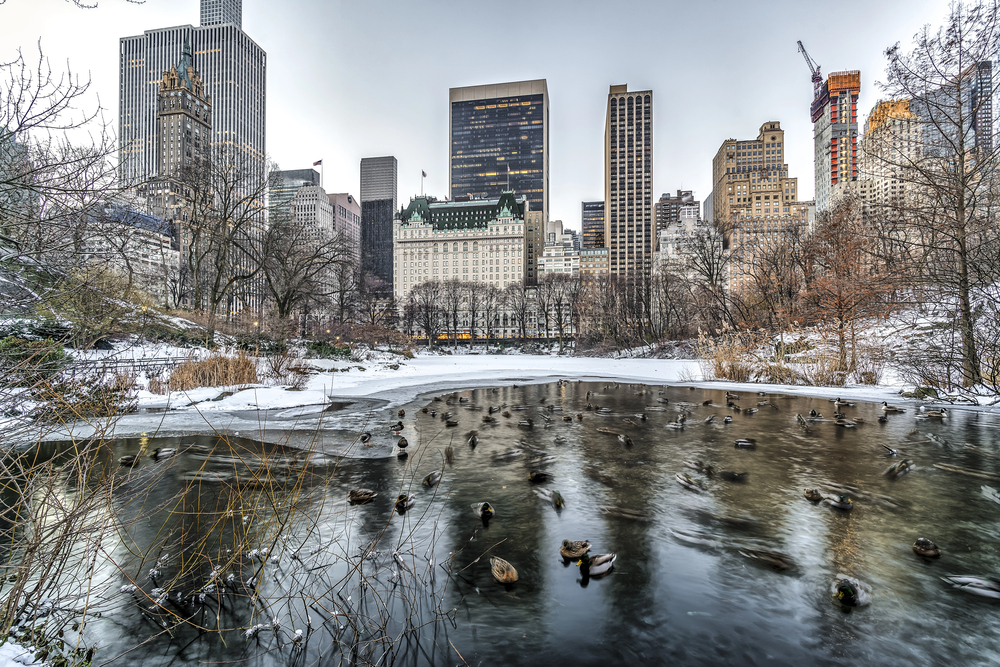
The Plaza has been the crown jewel of Manhattan since 1907, and it shows no signs of losing its sparkle. This French Renaissance château sits like a palace at the corner of Fifth Avenue and Central Park South, commanding attention from every angle. Guests have included everyone from The Beatles to heads of state, making it feel like a museum you can sleep in. The Oak Room alone has hosted more power lunches than some hotels host guests in a decade.
The Greenbrier, West Virginia
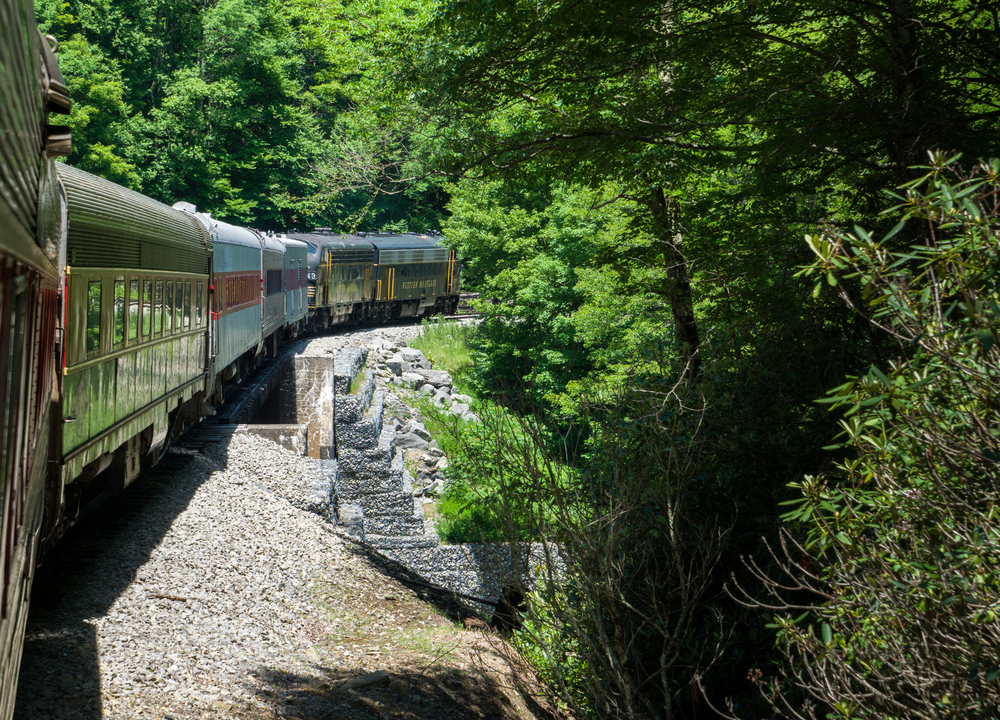
Hidden in the Allegheny Mountains, The Greenbrier served as a secret government bunker during the Cold War while maintaining its facade as America’s resort. The hotel’s Dorothy Draper interiors are so bold and colorful that they make modern design look timid by comparison. Twenty-six presidents have walked these halls, and the resort still maintains the underground bunker as a fascinating piece of American history. It’s like staying at your eccentric great-aunt’s mansion, if she happened to have nuclear-grade security clearance.
Hotel del Coronado, California

— Photo by SherryVSmith
This Victorian masterpiece has been welcoming guests since 1888, making it older than the state of Oklahoma. The red-roofed landmark sits directly on Coronado Beach, looking like a gingerbread castle that somehow survived California’s earthquake history. Marilyn Monroe filmed ‘Some Like It Hot’ here, and the hotel still radiates that same golden-age Hollywood glamour. The wooden structure is an engineering marvel — built entirely without nails, it has weathered over a century of Pacific storms.
The Stanley Hotel, Colorado
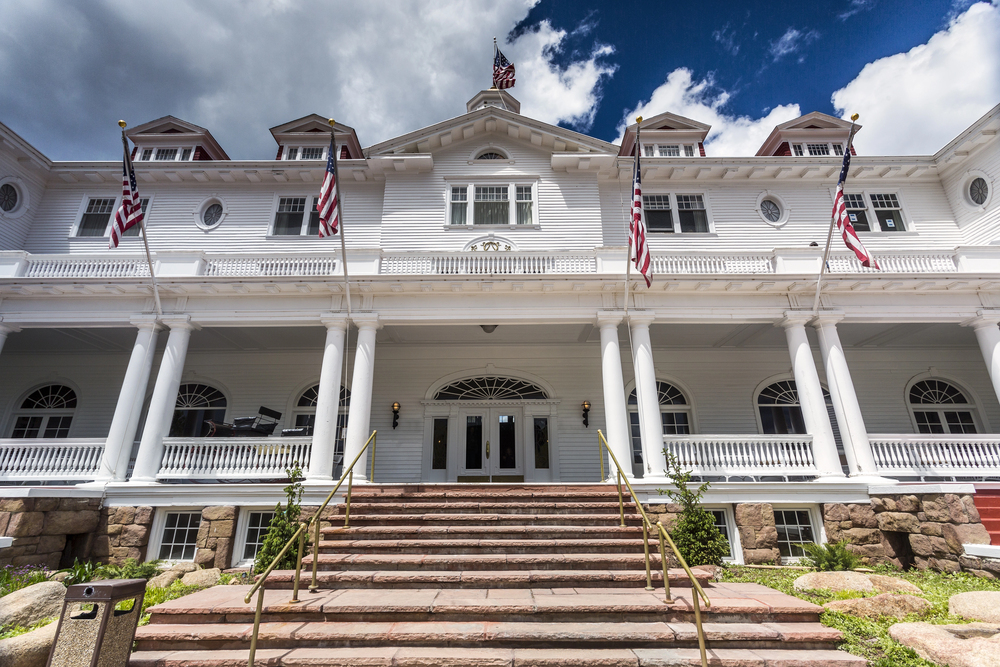
Perched in the Colorado Rockies like a white castle in the clouds, the Stanley Hotel inspired Stephen King’s ‘The Shining.’ The 1909 Georgian Colonial structure offers breathtaking mountain views that make you forget why you were ever afraid of isolated hotels. F.O. Stanley built this retreat as a testament to the healing power of mountain air, and guests still come seeking that same restorative magic. The hotel embraces its spooky reputation with ghost tours, but the real attraction is waking up to sunrise over the Continental Divide.
The Ahwahnee, Yosemite National Park
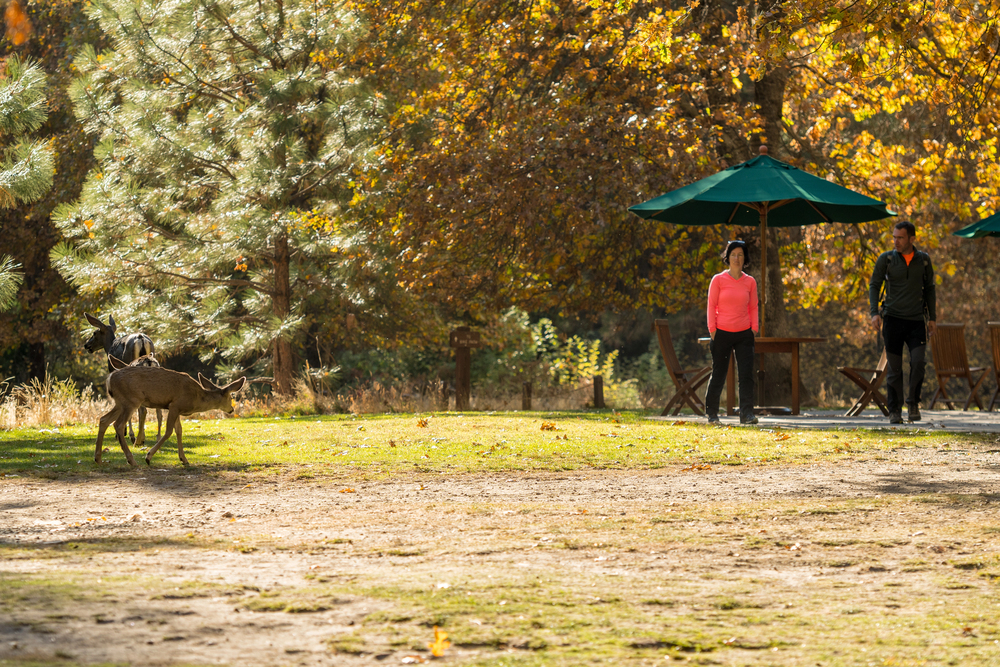
Now called The Majestic Yosemite Hotel, this granite and timber lodge has been Yosemite’s crown jewel since 1927. The building seems to grow from the valley floor itself, blending Native American design with rustic luxury in a way that feels both grand and humble. Presidents and celebrities have stayed here, but the real star is the view of Half Dome from the dining room windows. It’s proof that sometimes the best luxury is simply being surrounded by nature’s masterpiece.
The French Quarter Inn, New Orleans
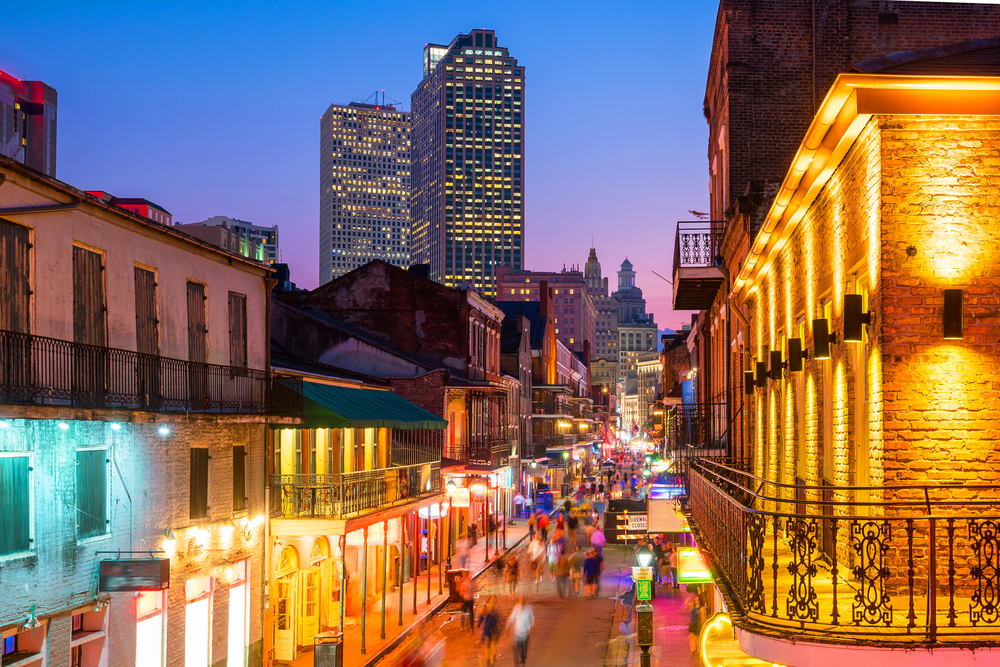
This ntimate Creole townhouse captures the essence of old New Orleans in just 27 rooms. Every corner tells a story of the city’s complex past, from French colonial roots to its role as America’s most important port. The courtyard feels like a secret garden where time moves more slowly and mint juleps taste better. Located in the heart of the French Quarter, you can hear jazz drifting from nearby clubs while sipping coffee on your private balcony.
The Ocean House, Rhode Island
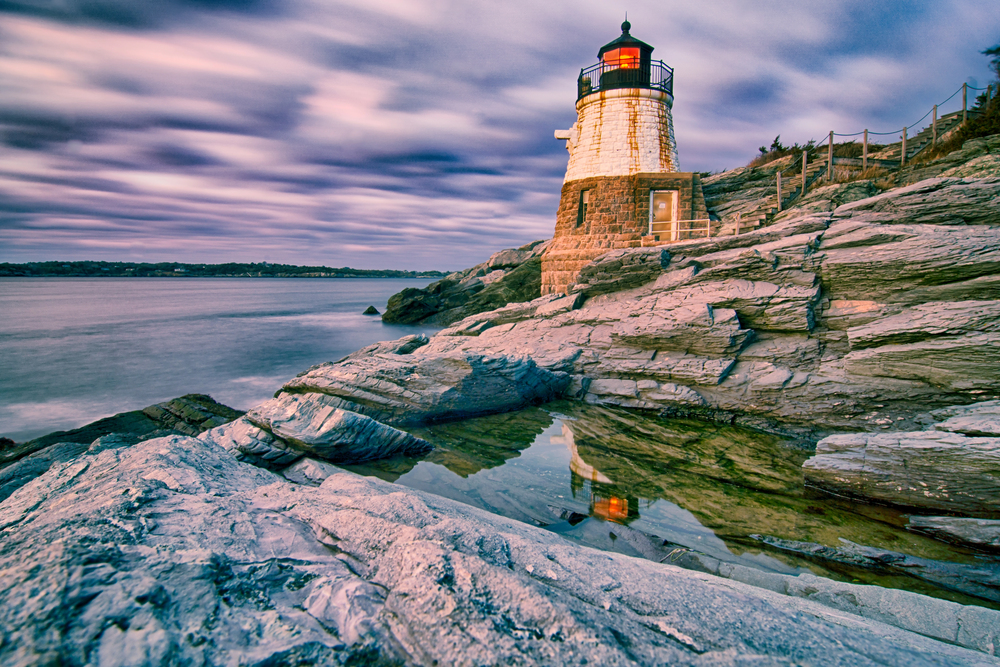
Rebuilt to Victorian perfection after a devastating fire, The Ocean House represents the gilded age of American resort life. The yellow wooden structure sits on bluffs overlooking the Atlantic, looking exactly like the grand hotels wealthy families escaped to in the 1800s. Modern amenities hide behind period details so authentic you’d swear the original builders just finished yesterday. The croquet lawn and afternoon tea service transport guests back to an era when leisure was an art form.
The Brown Palace Hotel, Denver
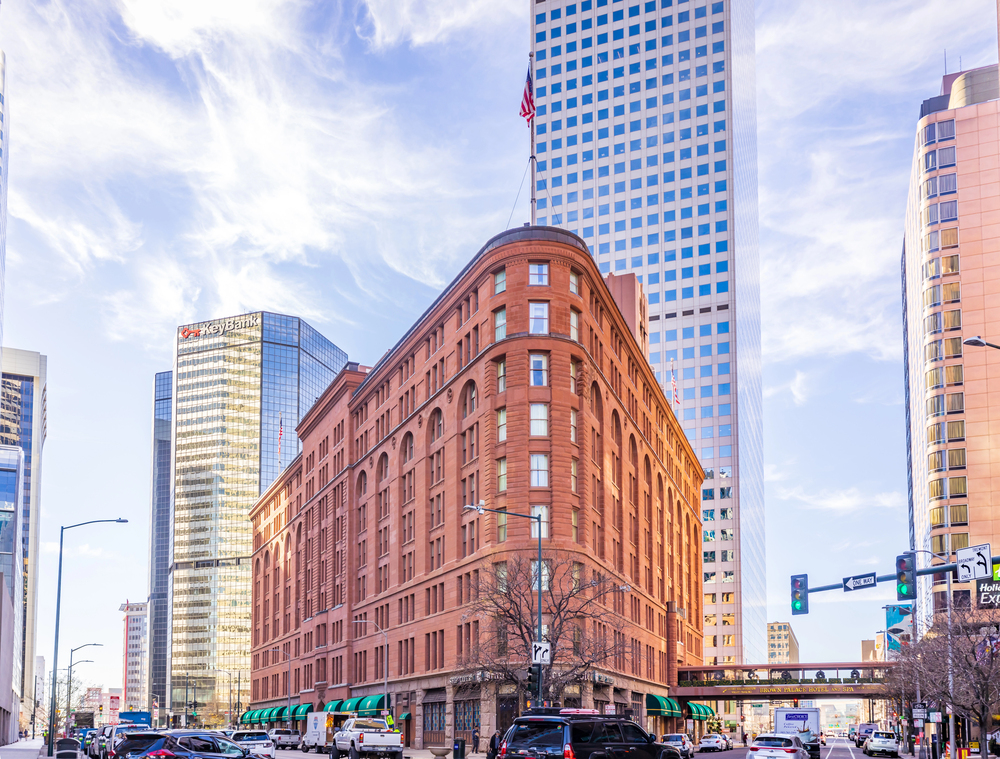
— Photo by pngstudio
Since 1892, the Brown Palace has been Denver’s living room, where cattle barons and oil tycoons once made deals over brandy. The triangular atrium rises nine stories, topped by a stained-glass ceiling that bathes everything in golden light. This is where Buffalo Bill Cody held court and where presidents still stay when visiting Colorado. The hotel’s triangular shape was revolutionary for its time, proving that even architecture can be boldly different.
Mohonk Mountain House, New York
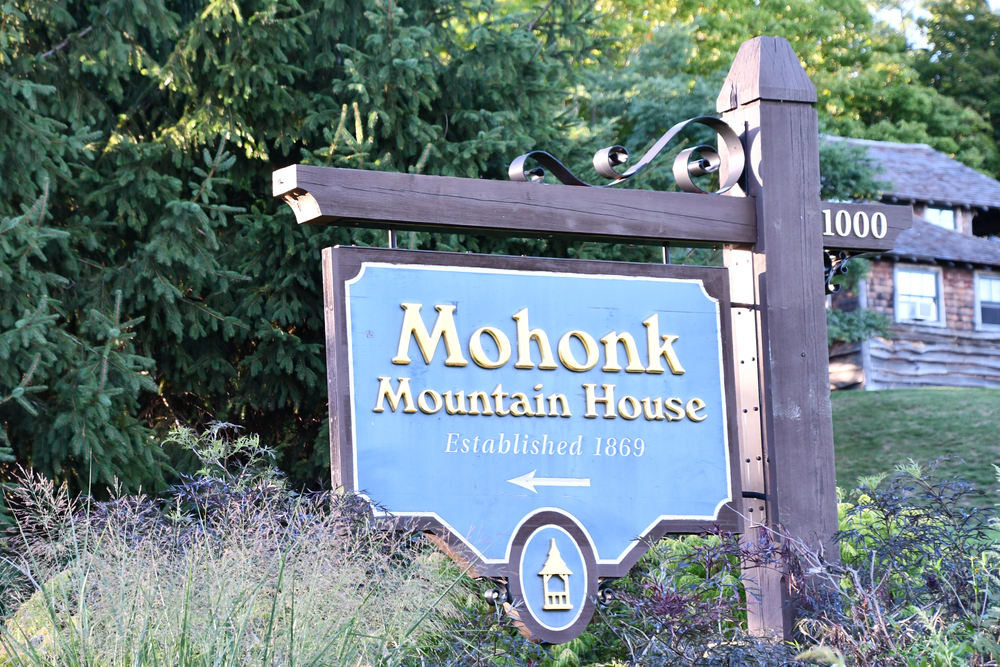
— Photo by sainaniritu
This Victorian castle resort has been family-owned since 1869, creating a consistency of vision rare in the hospitality world. Built on the shores of a pristine mountain lake, the resort looks like something from a fairy tale, complete with towers and turrets reflected in still waters. The Smiley family created a dry resort focused on nature and wellness long before either concept was trendy. Guests come for hiking, lake activities, and the simple pleasure of digital detox in a place where time seems suspended.
The Parker Palm Springs, California
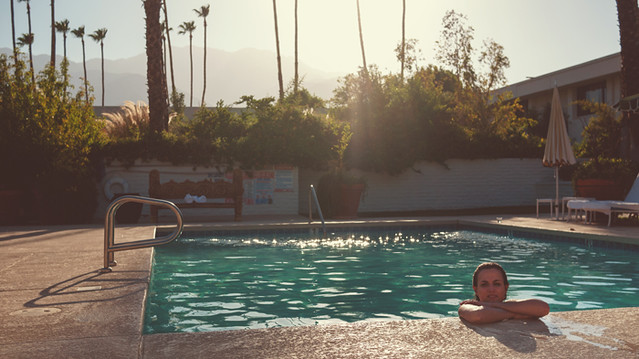
Originally built as a private estate in 1959, this desert oasis became a playground for Hollywood’s golden age elite. The mid-century modern architecture captures the optimism of post-war America, when the future looked bright and palm trees seemed like the answer to everything. Frank Sinatra and his Rat Pack made this their desert headquarters, and the hotel still pulses with that same cool confidence. The property proves that not all historic hotels need to be centuries old to have a soul.
The Grand Hotel, Mackinac Island
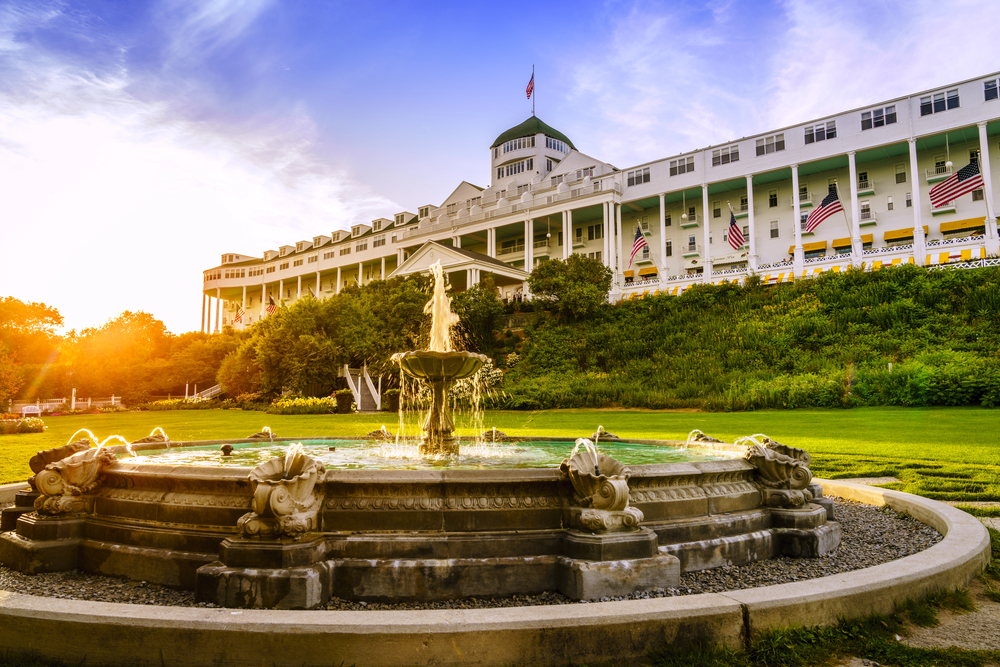
— Photo by alexeys
No cars have disturbed the peace of Mackinac Island since 1898, making The Grand Hotel feel like a portal to a gentler time. The world’s longest porch stretches 660 feet, offering endless opportunities for rocking chair contemplation and people-watching. Horse-drawn carriages still provide transportation, and the clip-clop of hooves on cobblestones creates a soundtrack unchanged for over a century. The hotel’s famous afternoon tea and formal dining requirements maintain standards from an era when dressing for dinner was simply expected.
The Willard InterContinental, Washington D.C.
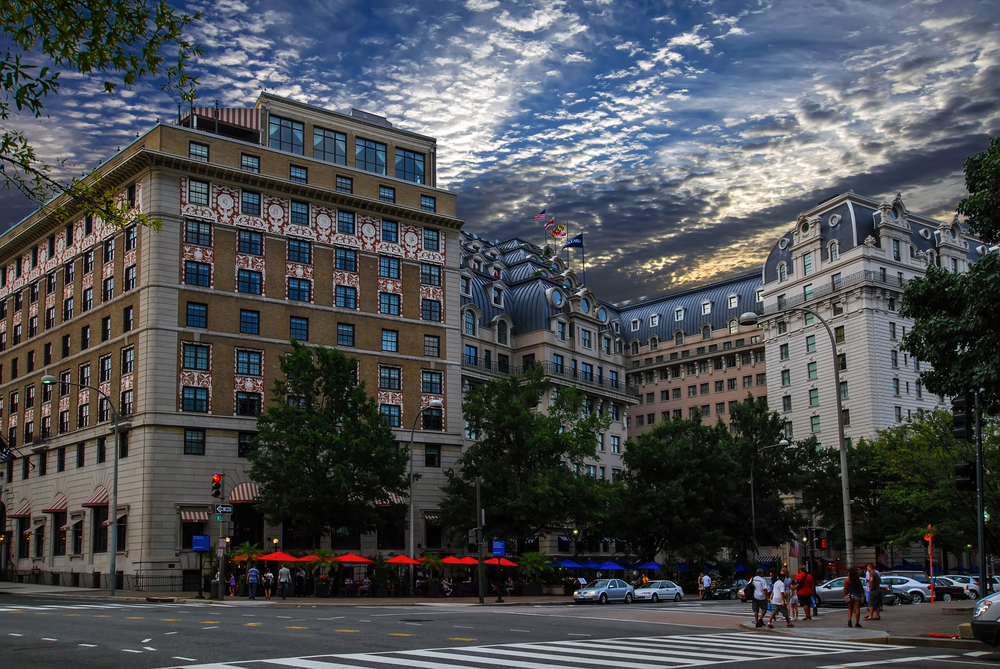
— Photo by artavet
Two blocks from the White House, The Willard has been where power brokers make deals since 1818. The term ‘lobbyist’ was coined here, referring to people who waited in the ornate lobby hoping to catch politicians between meetings. Lincoln stayed here before his inauguration, and Martin Luther King Jr. finished his ‘I Have a Dream’ speech in one of its rooms. The Beaux-Arts architecture provides a suitably grand backdrop for the kind of conversations that shape history.
Hotel Jerome, Aspen
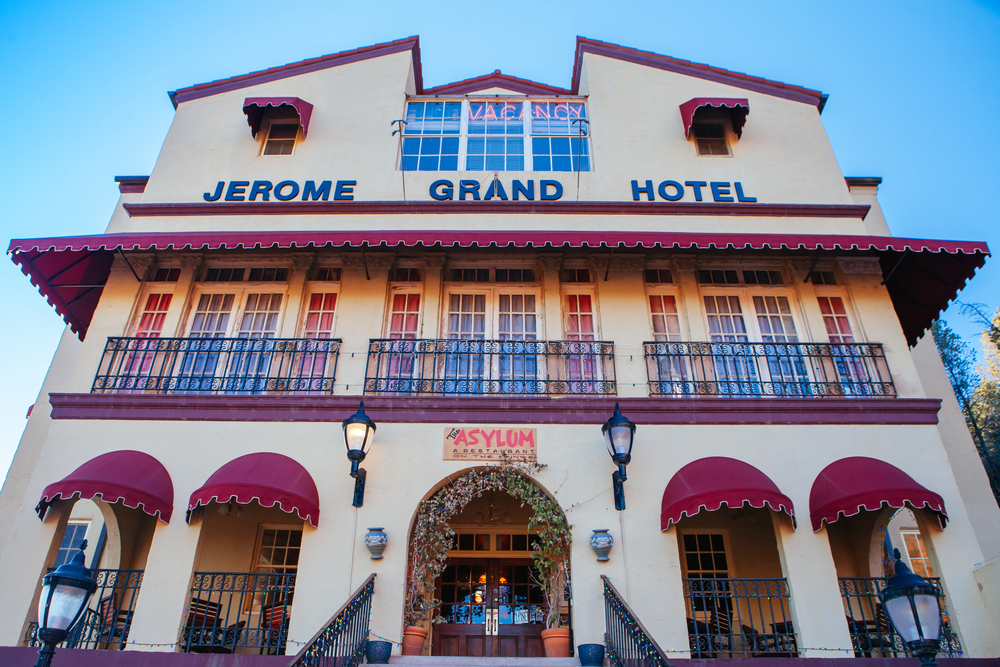
— Photo by filedimage
This silver boom palace opened in 1889 when Aspen was a rough mining town, not a ski resort for the wealthy. The Victorian structure survived Aspen’s near-ghost-town years and emerged as elegant as ever when skiing put the town back on the map. The hotel’s J-Bar has been serving drinks longer than Colorado has been allowing them legally in some counties. Today’s guests include Hollywood stars and tech moguls, but the hotel remembers when its guests were more likely to have silver dust on their boots than designer skis on their cars.
The Cavalier Hotel, Virginia Beach
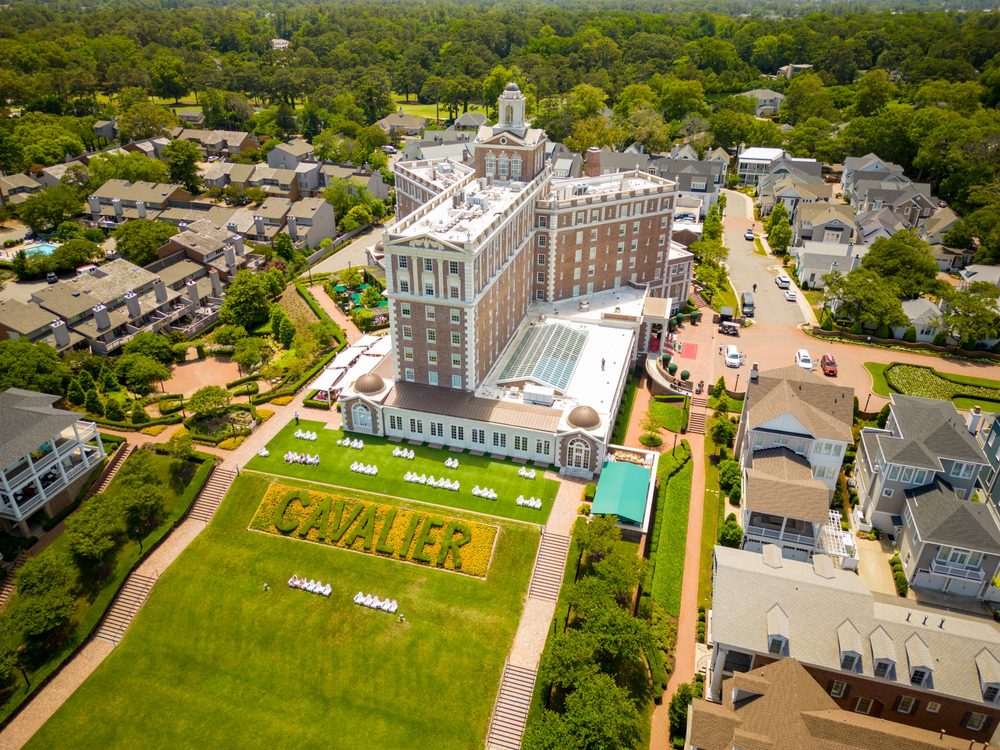
— Photo by felixtm
Perched on a hill overlooking the Atlantic, The Cavalier has been Virginia Beach’s grand dame since 1927. The resort was built during the Roaring Twenties when beach vacations were becoming fashionable and Virginia Beach was positioning itself as the ‘World’s Largest Resort City.’ Eight presidents have stayed here, along with countless celebrities who came for the ocean breezes and stayed for the Southern hospitality. The hotel’s twin towers are visible for miles, serving as a beacon for travelers seeking old-school elegance by the sea.
The Mission Inn Hotel, Riverside
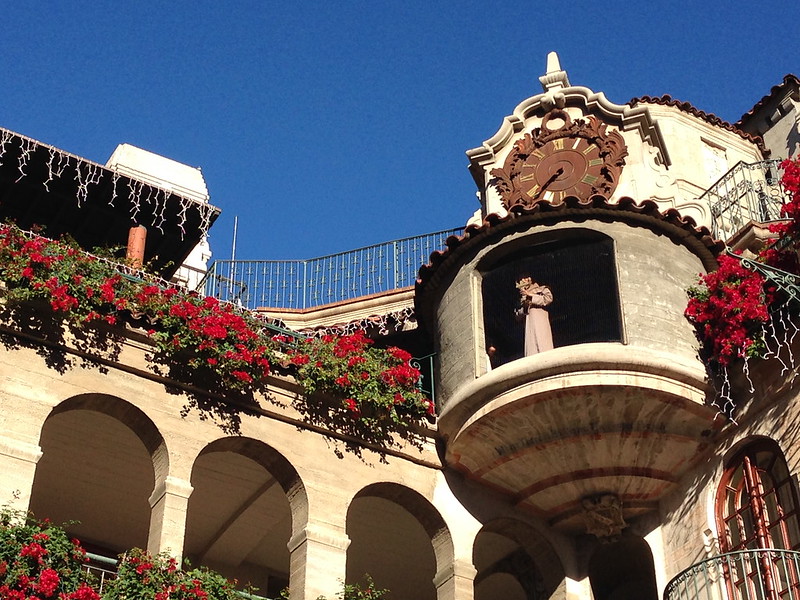
This architectural wonderland grew from a boarding house into a sprawling complex that defies easy categorization. Frank Miller spent decades adding wings, courtyards, and towers in a style that blends Spanish Mission, Mediterranean, and Moroccan influences into something uniquely Californian. The hotel houses the largest collection of bells in the world and enough architectural details to keep visitors discovering new surprises for days. Presidents, movie stars, and writers have all found inspiration within its maze-like corridors and peaceful courtyards.
The Omni Homestead Resort, Virginia
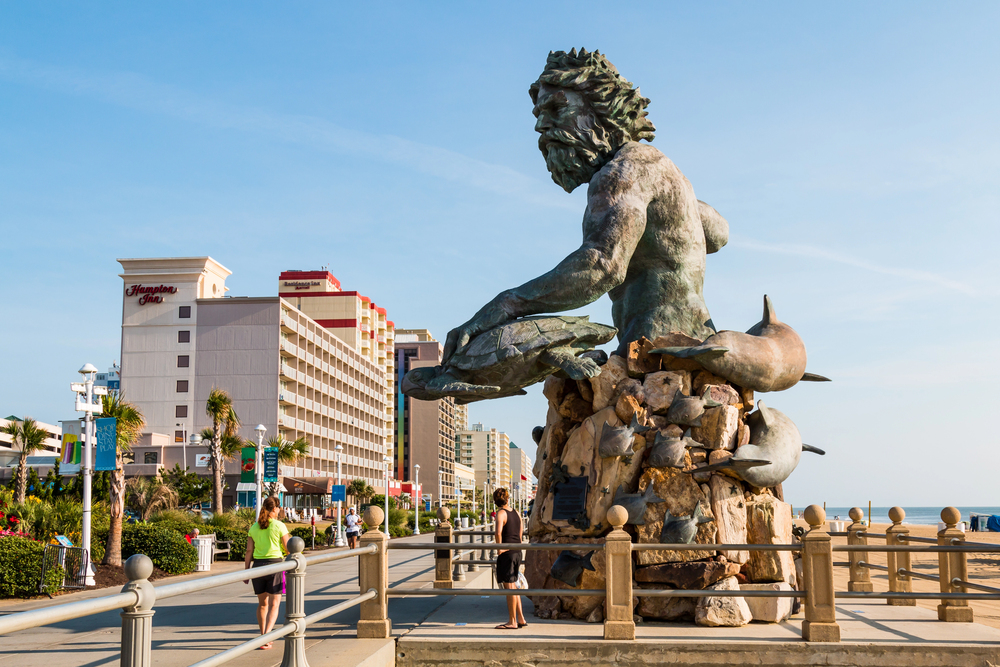
— Photo by SherryVSmith
Natural hot springs have been drawing visitors to this Allegheny Mountain retreat since 1766, making it America’s first resort destination. The current Georgian-style main building dates to 1902, but the property’s healing waters have been soothing guests for over two and a half centuries. Thomas Jefferson once soaked in these same springs, and the resort still maintains that sense of timeless rejuvenation. The property spans 15,000 acres of Virginia countryside, offering everything from championship golf to falconry lessons.
The Sagamore, New York
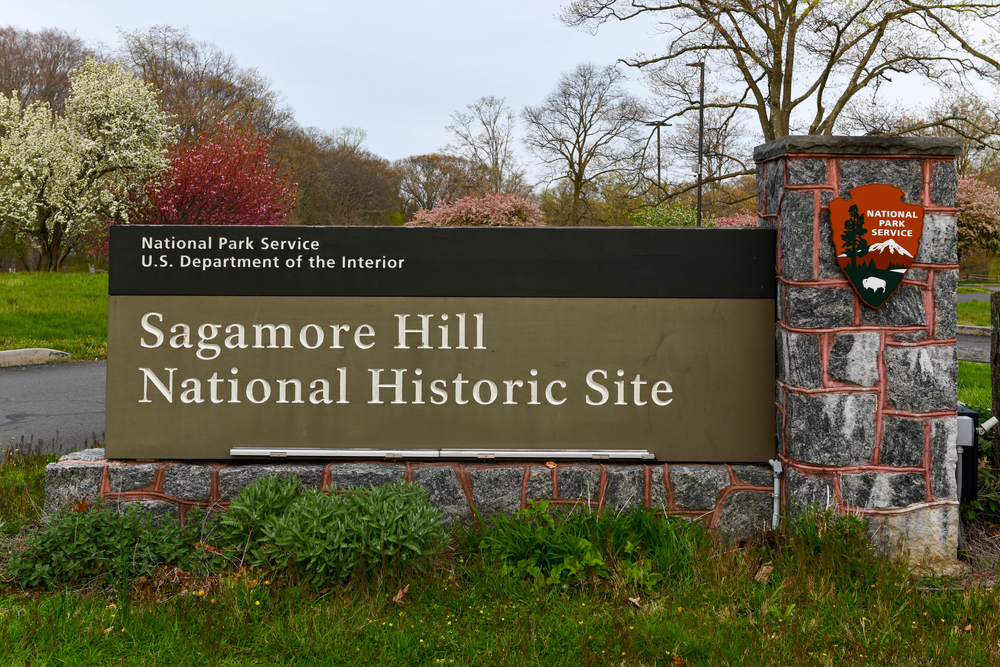
— Photo by demerzel21
Sitting on its own private island in Lake George, The Sagamore has been the Adirondacks’ premier resort since 1883. The white-columned Victorian structure looks like a Southern plantation that somehow migrated north for better weather. Millionaires’ families once spent entire summers here, creating a social scene that rivaled Newport or the Hamptons. The resort’s island location creates a natural separation from the modern world, where the biggest decision might be whether to take the historic steamboat tour or simply relax on the wraparound porch.
The Don CeSar Hotel, Florida
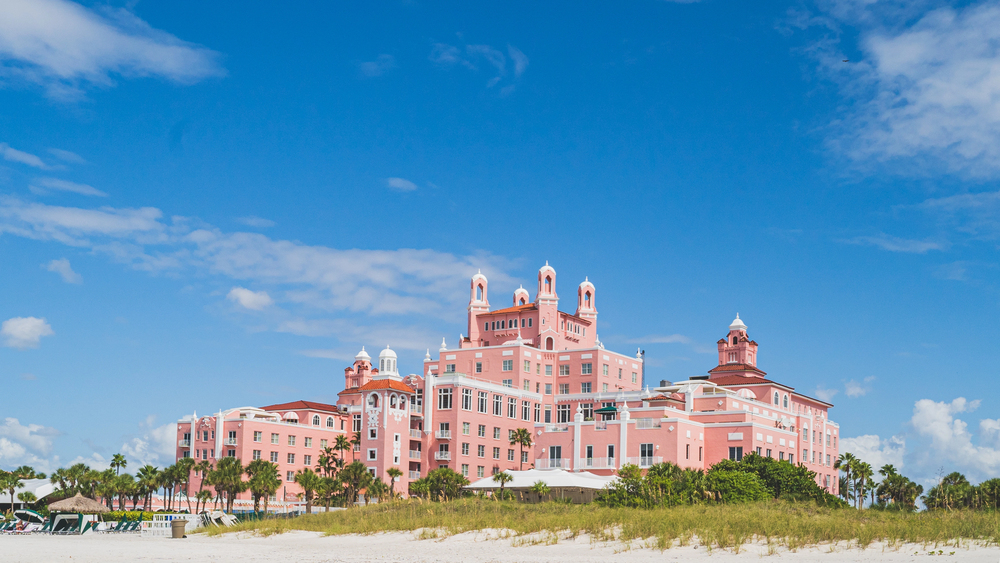
— Photo by RandomHartz
The ‘Pink Palace’ has been St. Pete Beach’s most recognizable landmark since 1928, when it opened as a Jazz Age fantasy in coral pink stucco. The Mediterranean Revival architecture looks like something a 1920s millionaire might have built after a particularly vivid dream about Spanish castles. The hotel survived the Great Depression, served as a military hospital during World War II, and emerged more glamorous than ever. Today’s guests enjoy the same Gulf Coast sunsets that have been painting the pink walls golden for nearly a century.
Where Past Meets Present

These historic hotels prove that the best accommodations aren’t just about thread count and marble bathrooms — they’re about connecting us to the stories that came before. Each property serves as a living museum where you can sleep in the same rooms where history unfolded, dine in spaces where deals were made, and walk halls where legends once strolled. They remind us that luxury isn’t always about having the newest everything; sometimes it’s about experiencing the craftsmanship and attention to detail that built things to last centuries. In our fast-paced digital world, these grand old hotels offer something increasingly rare: the chance to slow down and become part of a story much larger than ourselves.
More from Travel Pug

- 20 Best Beach Towns in the Carolinas
- 13 Destinations Where Tourists Regularly Regret Their Trip
- 20 Things You Actually Get in First Class
- 20 Small Airports With Aviation Museums
- 20 Places in the U.S. That Are Perfect for a Reset Trip
Like Travel Pug’s content? Follow us on MSN.
